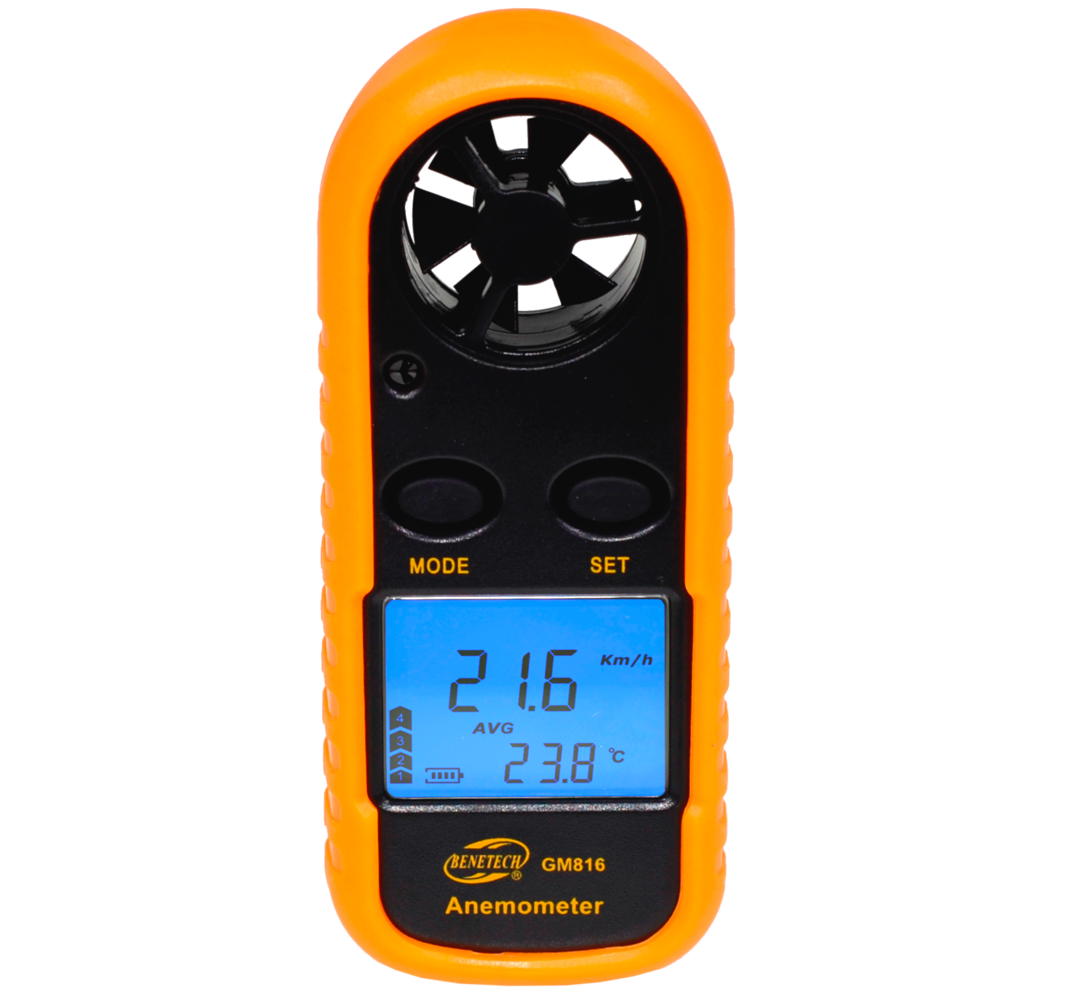

Unlike mechanical anemometers, these devices have a rapid response time and the lack of moving parts allows them to be installed close to the ground or within vegetation, so they have the potential for measuring small-scale eddies and microclimatic effects. The second form of anemometers used in ecological studies are hot-wire anemometers, in which an electrically heated wire element is cooled by the wind, and the wind speed calculated by the rate of heat loss. Samson and Hunt, 2012) and may be appropriate for some microclimate applications. However, miniature propeller anemometers with integral dataloggers and the ability to measure temperature and humidity as well are now available at a relatively low cost (e.g. In part, this is due to the relatively large size of many units, making it difficult to measure within plant canopies or close to the ground, where the wind is decoupled from the background atmosphere. Handheld anemometers are frequently used by ecologists for short-term measurements, and they are less often installed with dataloggers to measure microclimate (see Table 2). While mechanical anemometers are still in use in meteorological stations, ultrasonic anemometers are becoming more popular.

In the latter case, the device must either be held perpendicular to the direction of the wind or be mounted on a vane for automated measurements such devices typically measure direction as well as speed. The cheapest and most widely used in ecological studies are cup or propeller anemometers, in which rotating cups or a propeller is driven by the wind. Gillingham, in Advances in Ecological Research, 2018 4.1.5 WindĪnemometers, devices used to measure wind speed, generally fall into three categories.


 0 kommentar(er)
0 kommentar(er)
